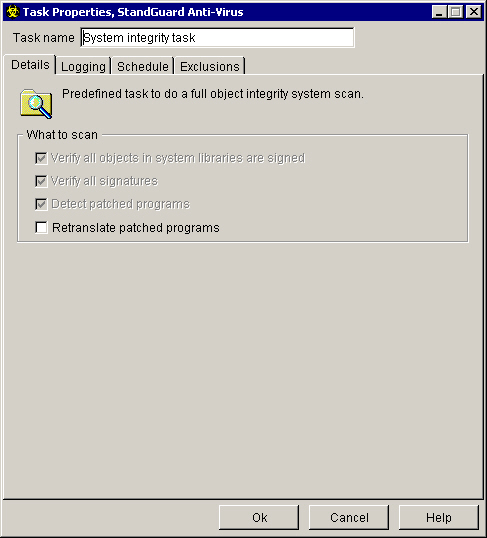It's no secret that vendors sometimes play around with OS/400 and i5/OS to achieve functionality beyond that supported by a given release level. But what is less widely understood is that this practice of "patching" programs can introduce instabilities and security exposures to your iSeries.
Hackers or disgruntled employees can also use patched programs to harm operations or create back doors for data extrusion. Not all patched programs are bad, but even good intentions can have negative side effects. Identifying alterations that patched programs have made to IBM's digital signatures is critical to maintaining the health and security of your system.
Acting upon user requests, IBM began digitally signing OS objects in V5R1 and built a command into that release to allow operators to run a check on digital signatures to ensure that they are still valid. (Developers can also sign their own objects and use the command to check those as well.) The command lacks the ease-of-use of commercial anti-virus, spyware, or malicious code detection applications, however, and the tool has not been widely known nor the issue of alterations widely understood.
With the introduction of regulatory legislation such as Sarbanes-Oxley, the need to identify and document alterations that could create security exposures became critical. To help users easily manage this aspect of system maintenance, Bytware added Object Integrity Scanning (OIS) functionality to its StandGuard Anti-Virus solution.
Building upon object integrity and digital signature APIs that IBM has included in OS/400 since V5R1, OIS provides an easy way to identify patched programs and modifications to the operating system, allowing managers to decide what action—if any—they should take.

(Click image to enlarge.)
As mentioned, not all patched programs are bad, and you may choose to take no action when you discover that a specific application is modifying your signatures. The choice is yours, and StandGuard Anti-Virus does not make any changes or deletions based on its findings. Instead, a report is produced to assist you in taking necessary action or, at a minimum, filing a report for auditing purposes to show that you are aware of the issue and that it is acceptable within the framework of your operations. Such reporting is a key part of your efforts to comply with Sarbanes-Oxley and other regulations.
You can achieve this on a basic level using OS/400's built-in commands, or you can enhance your procedures and audit trail by using third-party solutions. The benefits of utilizing a solution such as StandGuard Anti-Virus to scan digital signatures for alterations include access to a full toolkit for scanning the iSeries—be it OS/400, i5/OS, Linux, or AIX—for all types of viruses and malicious code. But however you choose to ensure the integrity of your OS objects, doing so should be a key component in your overall system security strategy to ensure a smooth-running, secure, and stable iSeries.
To learn more about StandGuard Anti-Virus, please visit Bytware.com. You can also learn more about Sarbanes-Oxley compliance and the iSeries through the free white paper "The Challenges—and Myths—of Sarbanes-Oxley Compliance."
Check out Bytware's offerings in the MC Showcase Buyer's Guide.
Mike Grant is CEO and head of development for Bytware, Inc.











 Business users want new applications now. Market and regulatory pressures require faster application updates and delivery into production. Your IBM i developers may be approaching retirement, and you see no sure way to fill their positions with experienced developers. In addition, you may be caught between maintaining your existing applications and the uncertainty of moving to something new.
Business users want new applications now. Market and regulatory pressures require faster application updates and delivery into production. Your IBM i developers may be approaching retirement, and you see no sure way to fill their positions with experienced developers. In addition, you may be caught between maintaining your existing applications and the uncertainty of moving to something new. IT managers hoping to find new IBM i talent are discovering that the pool of experienced RPG programmers and operators or administrators with intimate knowledge of the operating system and the applications that run on it is small. This begs the question: How will you manage the platform that supports such a big part of your business? This guide offers strategies and software suggestions to help you plan IT staffing and resources and smooth the transition after your AS/400 talent retires. Read on to learn:
IT managers hoping to find new IBM i talent are discovering that the pool of experienced RPG programmers and operators or administrators with intimate knowledge of the operating system and the applications that run on it is small. This begs the question: How will you manage the platform that supports such a big part of your business? This guide offers strategies and software suggestions to help you plan IT staffing and resources and smooth the transition after your AS/400 talent retires. Read on to learn:
LATEST COMMENTS
MC Press Online